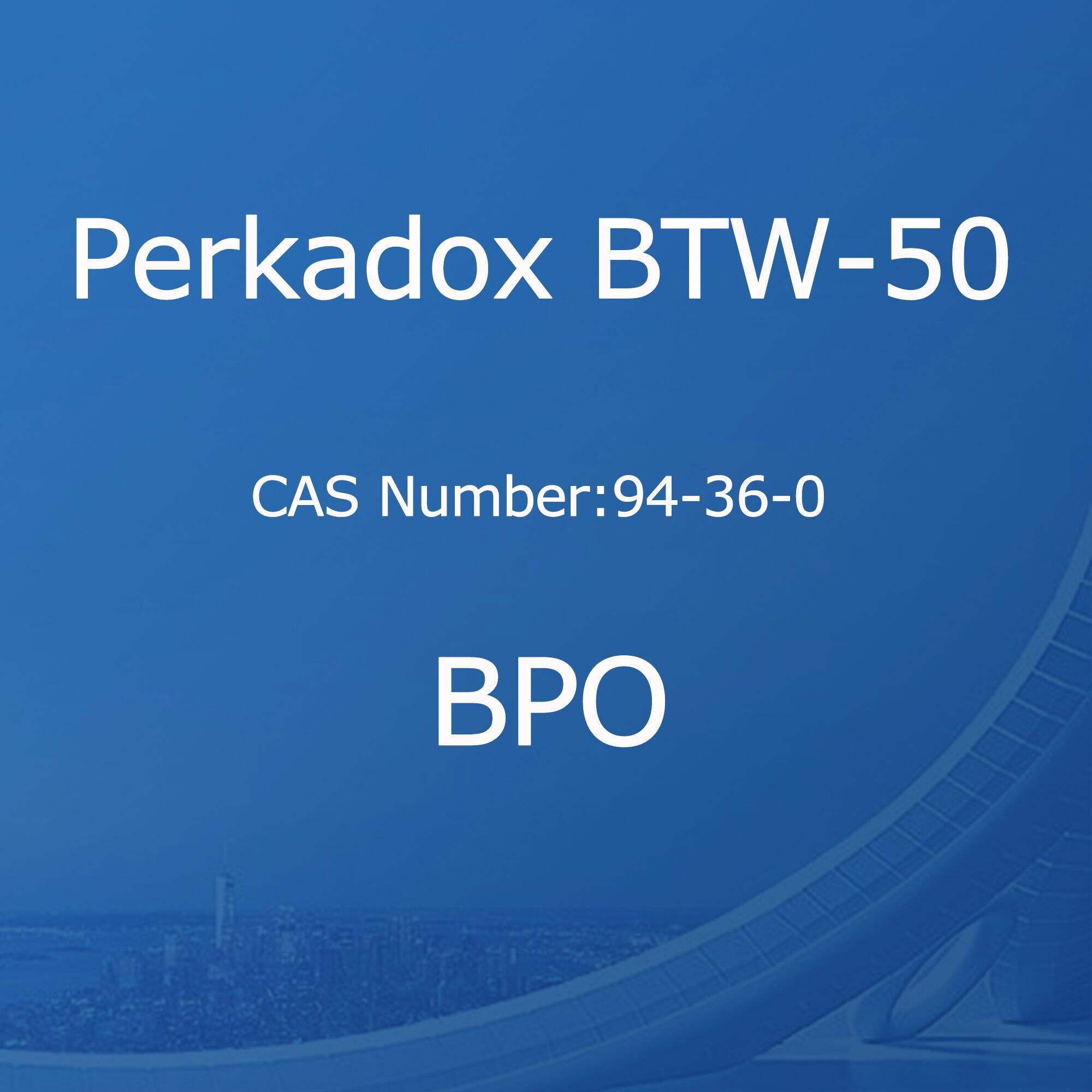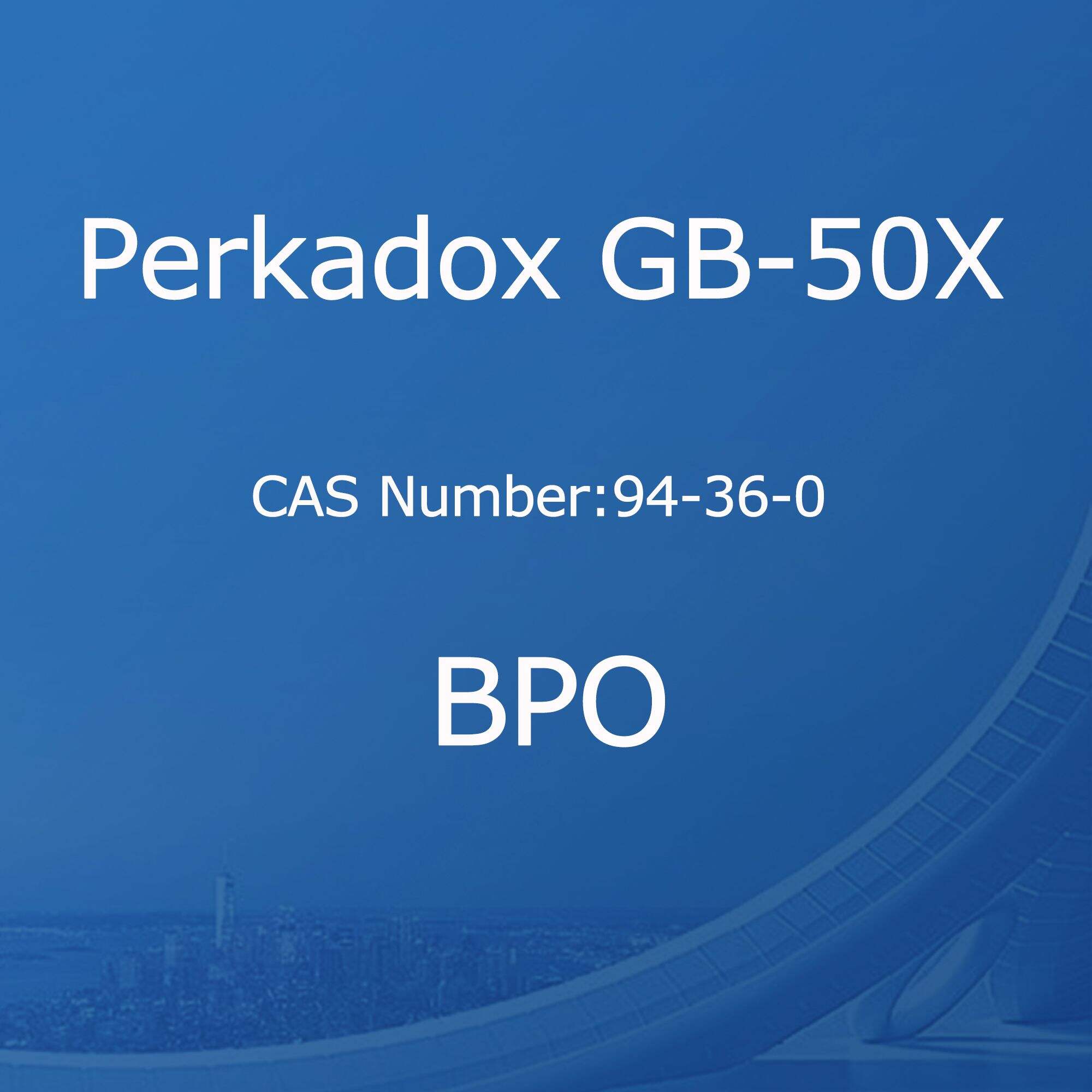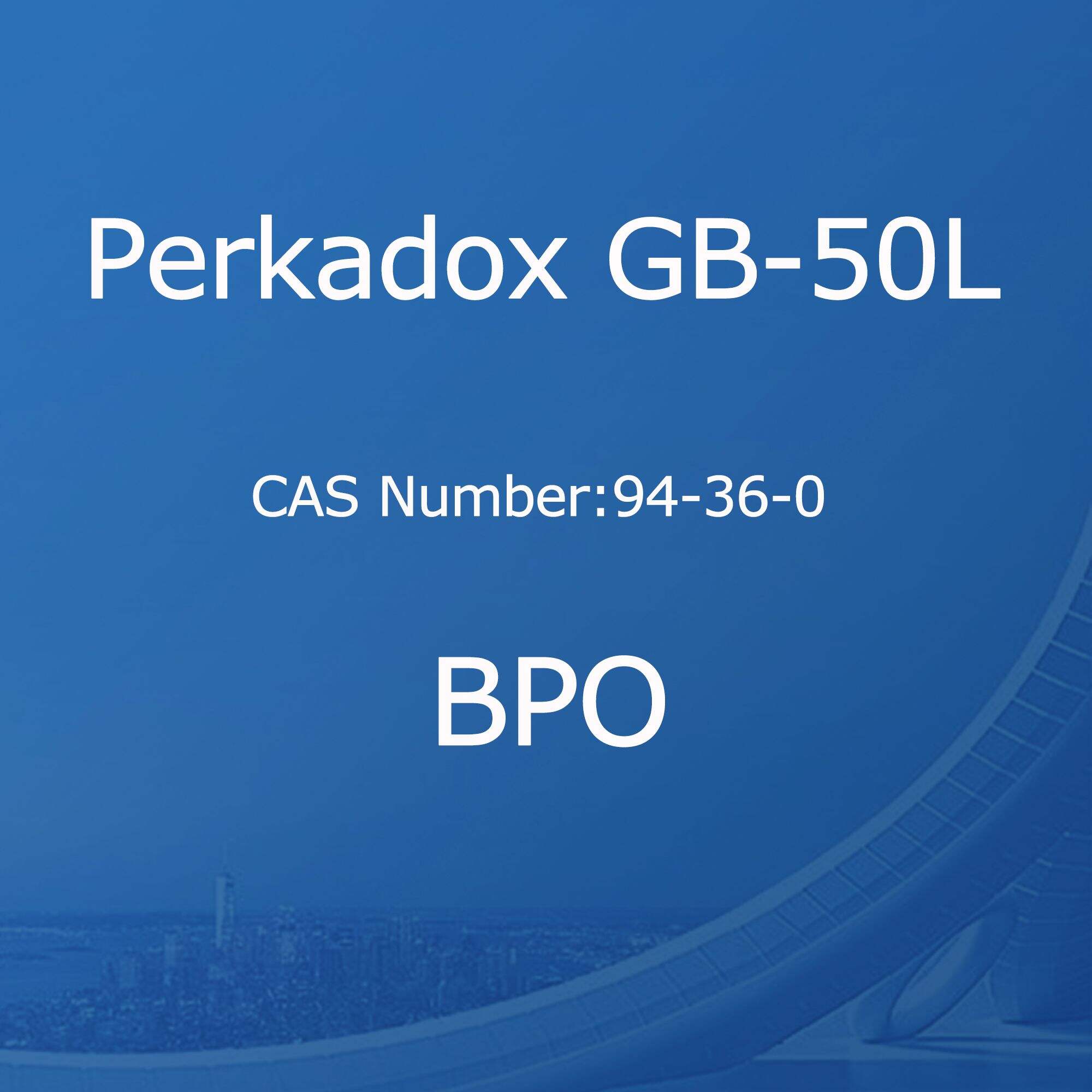No matter what our age is, acne remains amongst the most common problems faced by a majority of people. Although acne is frustrating to deal with, there are solutions out there for you. A common ingredient in many acne-related skincare products is dibenzoyl peroxide.
Dibenzoyl peroxide is an organic compound having a mixture two benzoyl group. Usually in the form of white or off-white crystalline powder, this ingredient freely dissolves into different liquids. It has invaluable properties and is used in cosmetics or pharmaceuticals as an anti inflammatory, antibacterial, skin lightener. So, the question is what makes dibenzoyl peroxide at all so important for blackheads and acne?
When applied to the skin affected, dibenzoyl peroxide goes deep inside pores and starts destroying oil which blocks them from within throughout acne. Bonus: The ingredient is antimicrobial and can help with surface bacteria related to acne. Having the ability to remove bacteria while simultaneously breaking down and dislodging skin debris is what makes dibenzoyl peroxide such an effective weapon against acne.
Today, we are going to discuss the differences salicylic vs benzoyl peroxide which is best for acne treatment. Salicylic acid works as an exfoliant and opens up the pores, so this should be great for those who have a little acne in particular. Benzoyl Peroxide, on the other hand is quick acting and potentially more effective across all grades of severity.
P. acnes is one strain of the bacteria linked to acne Dibenzoyl peroxide is designed to target only this bacteria, taking advantage of its free radicals which penetrate deep into the pores and kill the acne-causing agent. This active ingredient works to kill bacteria and also reduces the redness and swelling of pimples.
People with sensitive or reactive skin might be cautious about trying products that contain dibenzoyl peroxide. However, there are formulations that carry lower strengths ( 2.5%) which would be suitable for sensitive skin types regardless. Lower strengths seem to work-even if they take longer, and the solutions can be less damaging. Checking for reactions of patch test before applying any new product and usage should be as per the instruction can minimize side effects.
The key to dibenzoyl peroxide working its magic is proper application. We suggest starting at a lower strength so you can see how your skin reacts and work up if necessary. For best results, use on clean and dry skin. It is also important to protect the skin from sunlight, as this product can make it more sensitive.
At the end of day dibenzoyl peroxide is really effective in acne treatment. Appropriately, those seeking clear skin with regular use of charcoal and acne care like CLEANSERS FOR ACNE are taking note. Utilize these dibenzoyl peroxide treatment support tips and suggestions in your regular healthy skin schedule for more grounded, all the clearer-skinned.
Two of the most commonly suggested treatments for acne are benzoyl peroxide or salicylic acid. This is not to say that one works better for acne than the other, but they certainly work in different ways. Salicylic acid is a beta-hydroxy acid (BHA) that shed dead skin cells to unclog pores which means it's appropriate for those with mild or moderate acne. In contrast, benzoyl peroxide is more aggressive and produces faster results; thus it is suited for all grades of acne BUT there can be side effects (irritation).

Bacterial Infection: By far the largest single cause of acne is bacteria in particular Propionibacterium acnes (P. This bacterium is then explored by dibenzoyl peroxide as it liberates radicals which penetrate deep within the skin pores and kill off these particular bacteria. Also, the released oxygen helps to oxidize sebum for proper support in treating acne. Moreover, dibenzoyl peroxide does not only kill bacteria responsible for causing acne but it also contributes to reduce the inflammation and redness that accompany with breakouts of acnes.

In particular, people with sensitive skin may be hesitant to use this ingredient for fear of irritation. However, formulations such as 2.5% dibenzoyl peroxide are available for more sensitive skin types-just because this new treatment is strong does not mean that there cannot be a gentler option. Patch test before full application and follow the usage instructions provided in product label.

The proper methods of dibenzoyl peroxide application use the benefits to an effective capability. Here are the 4 most important tips to make dibenzoyl peroxide work better:
Also offers dibenzoyl peroxide in the less respective concentration to start out with those who have sensitive skin types. Start with 2.5% and you can increase to 5% or 10%.
Smooth it into clean, dry skin for the ultimate benefits of penetration and efficacy.
Follow the use directions provided with your device or you may cause it to become dry, irritated, and/or red.
The increased light sensitivity caused by dibenzoyl peroxide means that you must protect your skin from the sun during therapy. Leave of Using sunscreen and Do not exposure under the sun while using this product
It will take some patience as consistent and timely use of dibenzoyl peroxide are essential for treating acne; just remember it takes commitment to see benefits.
So then, dibenzoyl peroxide can be considered an optimal weapon against acne: it is a powerful sebum decompressor and antibiotics at the root of inflammation. The fact it works across different severity of acne and has formulations for sensitive skin types mean that niacinamide is a popular ingredient in skincare. With the following tips, scaling those highs can be made possible and result in a flawless acne-free skin by fully maximizing dibenzoyl peroxide:
are experts in the use of composite materials as well as dibenzoyl peroxideproduction processes, which lets assist and educate clients to produce optimal results from their products.
Top sales can benefit from experienced service plan offers technical assistance all dibenzoyl peroxideof the business, including formulating plan, selecting materials projects landing, after-sales services.
Thousands Chemicals a global company operating under licensed brands. assure authenticity of every item, dibenzoyl peroxideto the concept brand names.
are knowledgeable about international hazardous chemicals standards. also have years of experience exporting Category 5.2 hazardous chemicals, such temperature controlled chemicals, safe and dibenzoyl peroxidedelivery.